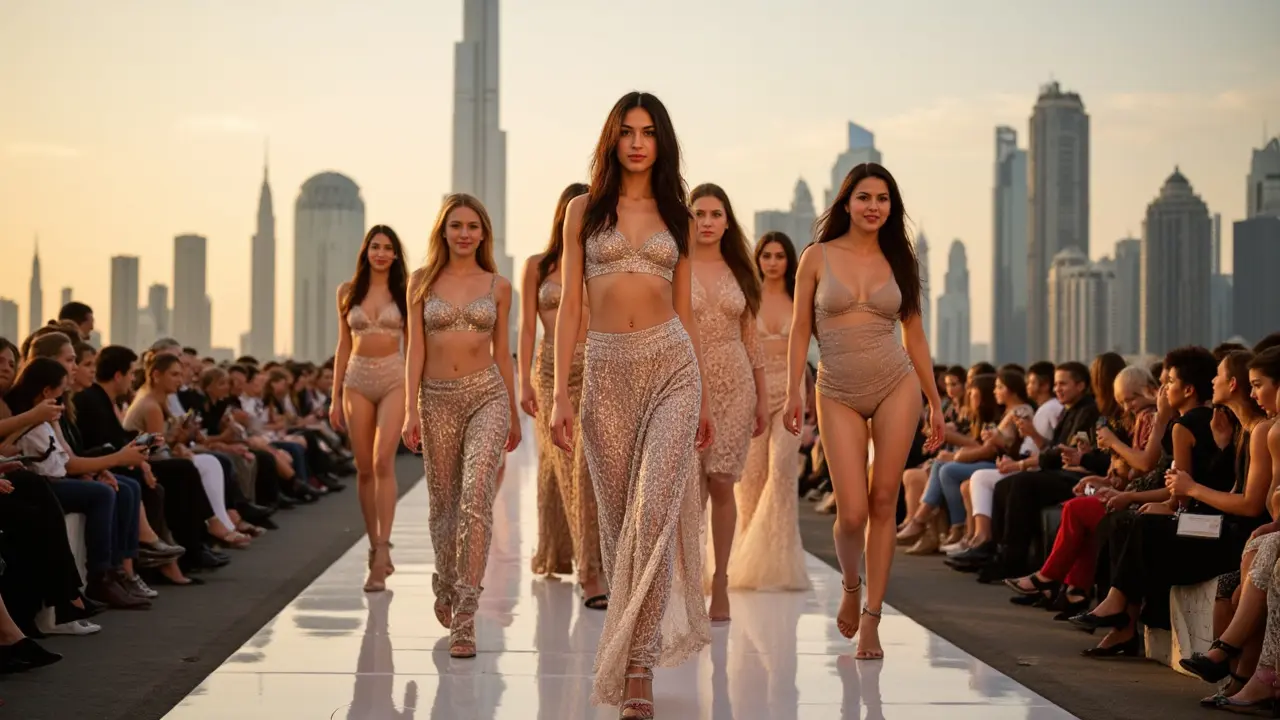Modeling Earnings: How Much Do Models Really Make?
If you’ve ever wondered whether a runway gig pays enough for rent, you’re not alone. Modeling isn’t just about striking poses; it’s a business with numbers that can surprise you. Below we break down the key drivers of a model’s income, share real examples from the highest‑paid names, and give you tips to improve your own earnings.
What Influences a Model’s Pay
First, think of earnings as a puzzle. Each piece – experience, niche, market, and contract type – adds up to the final figure. New faces usually start with modest rates for local shows or catalog shoots. As they build a portfolio, they can command higher fees, especially if they land international work.
Location matters a lot. Agencies in fashion capitals like Milan, Paris, or Dubai often have bigger budgets than smaller markets. A Dubai runway show can pay several thousand dollars, while a local boutique shoot might be a few hundred.
Niche also drives pay. High‑fashion models typically earn more per runway slot, but commercial models can make steady money through brand endorsements, social media collaborations, and catalog work. If you have a strong online following, brands may pay you per post, adding a lucrative side stream.
The type of contract is another factor. Some gigs pay a flat fee, while others offer royalties or residuals. For example, a model featured in an advertising campaign that runs for months could earn additional money each time the ad airs.
Real Examples of Top Earners
To put numbers on the table, look at the current leaderboard of highest‑earning models. The top spot often goes to supermodels who combine runway work, global brand deals, and their own product lines. In 2024, the highest‑paid model pulled in over $30 million, thanks to a mix of high‑fashion contracts and lucrative fragrance endorsements.
Even models who aren’t household names can earn six‑figure incomes. A mid‑level commercial model in the UAE reported annual earnings of $120,000, built from a steady flow of catalog shoots, local fashion shows, and occasional influencer gigs.
Curvy and plus‑size models are also breaking traditional pay barriers. In Dubai’s growing inclusive fashion scene, plus‑size talent can earn comparable rates to straight‑size peers, especially when they partner with brands pushing body‑positive campaigns.
If you’re just starting, aim for a realistic target: $30,000–$60,000 in the first year if you’re booked regularly for local work and a few international gigs. As you add high‑visibility campaigns and expand your social reach, that number can climb quickly.
Remember, earnings aren’t just about the headline fee. Negotiate for usage rights, travel expenses, and overtime. A clear contract protects you and often adds a few extra thousand to your paycheck.
Bottom line: modeling earnings depend on where you work, what you specialize in, and how well you negotiate. Keep building your portfolio, explore multiple income streams, and stay aware of market trends. With the right strategy, you can turn a passion for the camera into a sustainable paycheck."
International Model Salaries: How Much Do Models in Dubai Make a Year?
Ever wondered what international models actually earn in Dubai? This article breaks down real numbers, showing how much top models make a year and what affects their pay. Find out what separates the big earners from the rest, and learn insider tips on boosting your income as a model in one of the world’s hottest fashion hubs. Discover what to expect, common rates, and what drives pay higher. Get straightforward facts, not empty promises.
